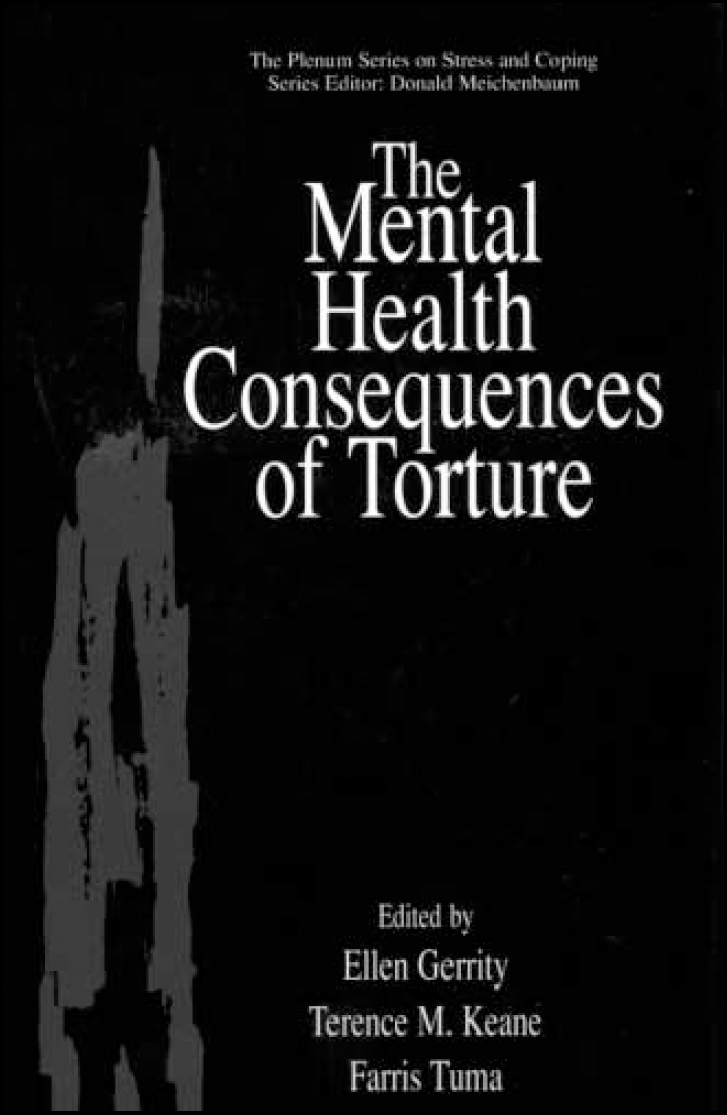
This multi-author volume arises from a report by the Working Group of the US National Institute of Mental Health on the mental health consequences of torture. The establishment of the Working Group was stimulated by representatives of South Africa who attended a multi-disciplinary, multi-agency research conference on the survivors of torture in April 1997.
One of the psychological responses to torture is, of course, post-traumatic stress disorder (PTSD) and a number of the authors, as well as Terence Keane, will be recognised as experts in this field. Unfortunately, a consequence of this is that a number of chapters appear to have no particular connection with torture but could be included in a general book on PTSD. For example, chapters on psychosocial models and neurobiological models will be very familiar to those knowledgeable about PTSD. However, if one knew little about the topic, these chapters in themselves would be insufficient as a general introduction.
I felt that the book failed to provide a coherent account of what is unique about torture in comparison, say, with domestic assault or rape.
There are some chapters of interest, in particular the one written from the perspective of survivors by Sister Dianna Ortiz, which contains a number of harrowing quotations, which put the topic in perspective. There is too much repetition in the introductory sections of many of the chapters. Others, for example on refugees and asylum-seekers, are brief and somewhat superficial. All are, however, generously referenced and this is of value.
I fear that the result is not untypical of a multi-author volume produced via a working party and that it will not add greatly to the treatment and care of survivors of torture.





eLetters
No eLetters have been published for this article.